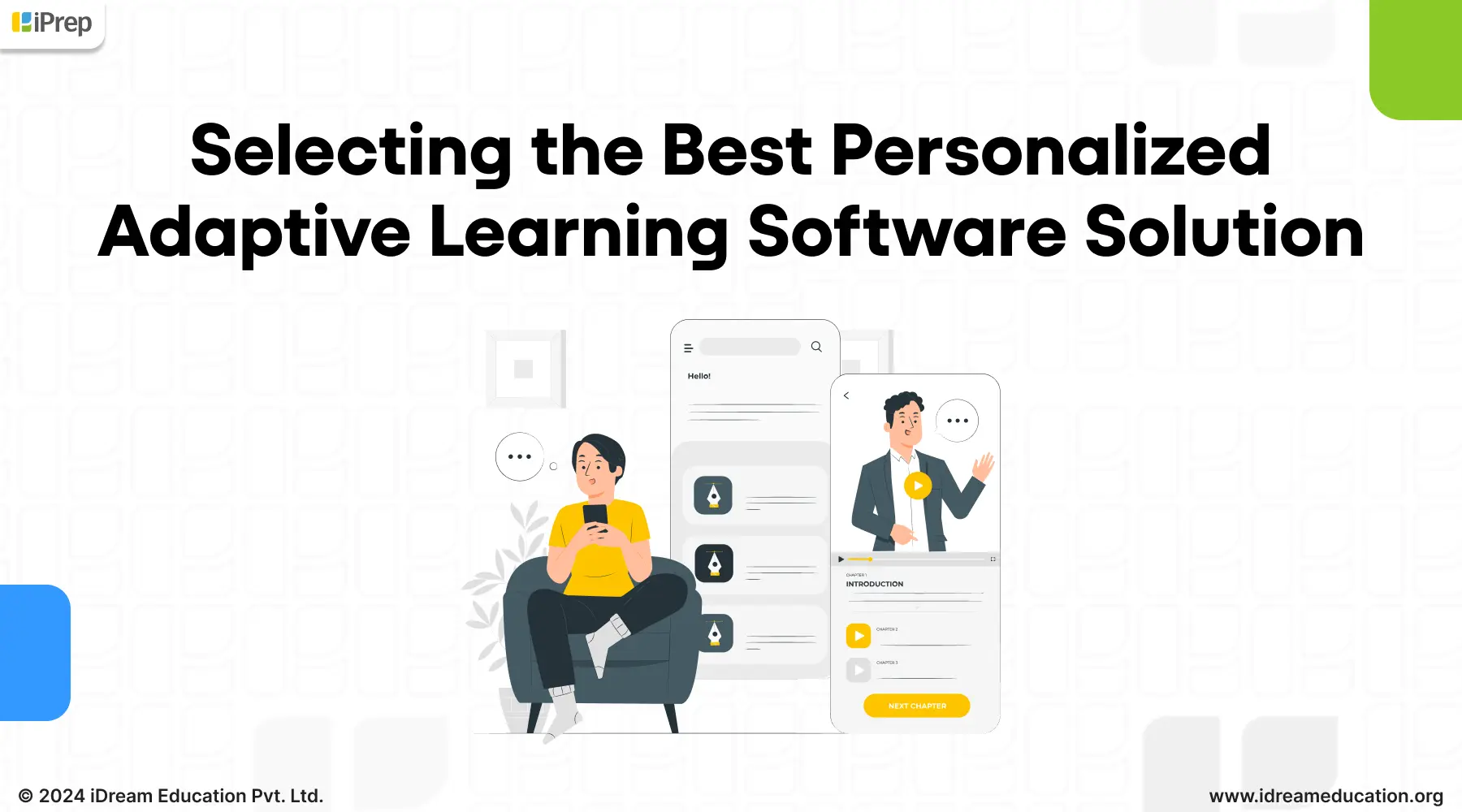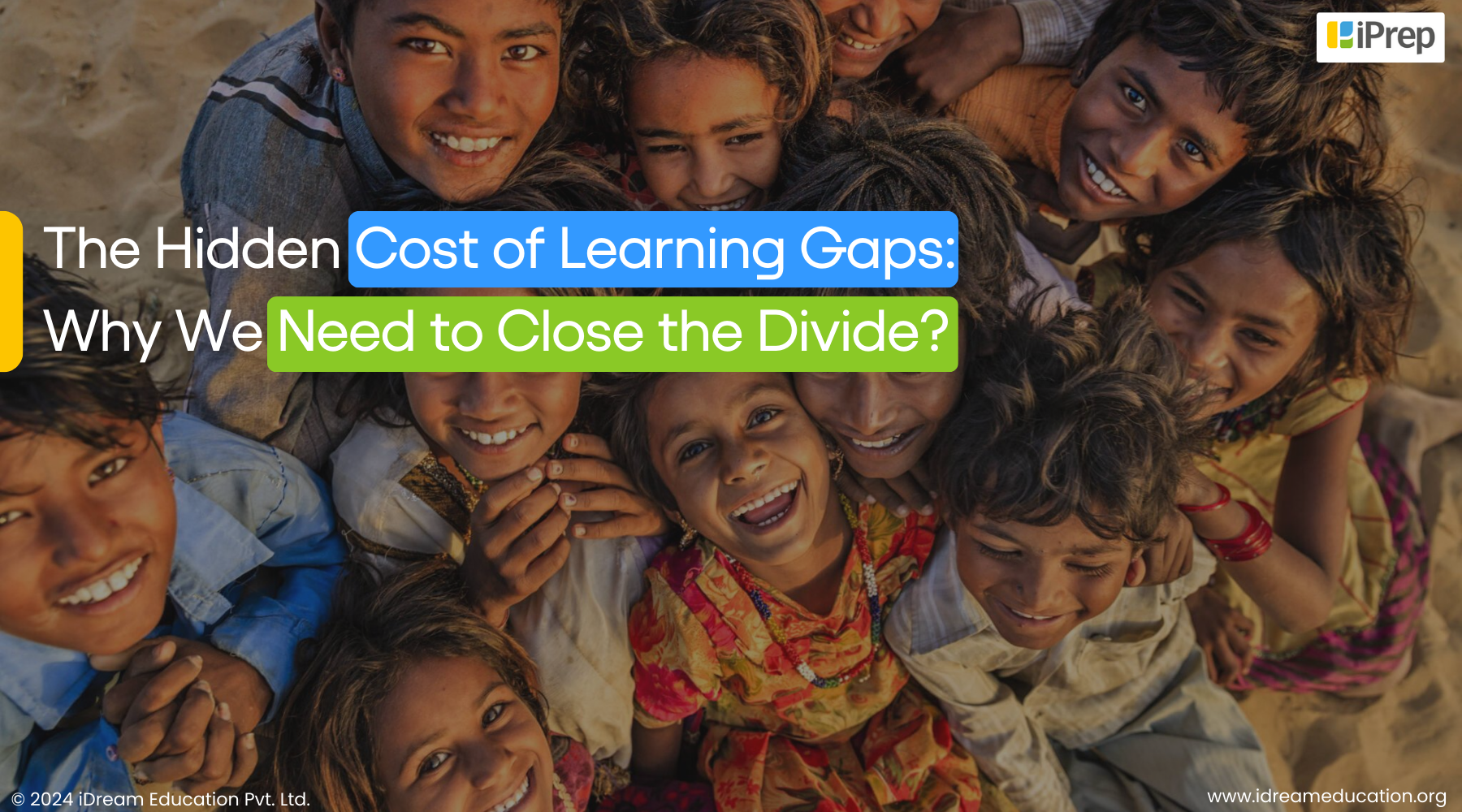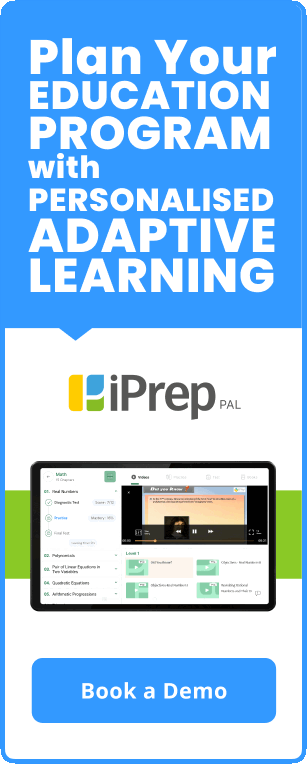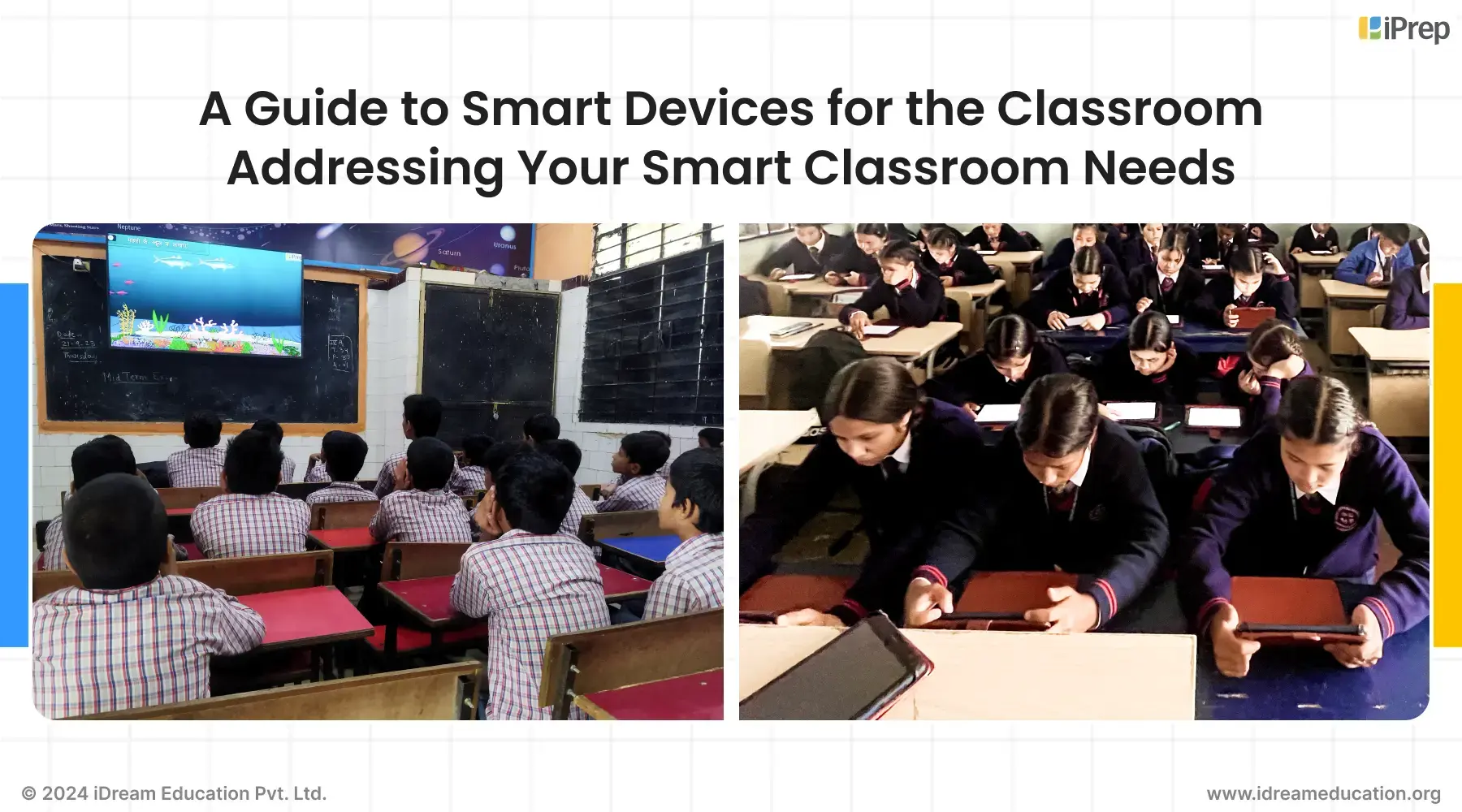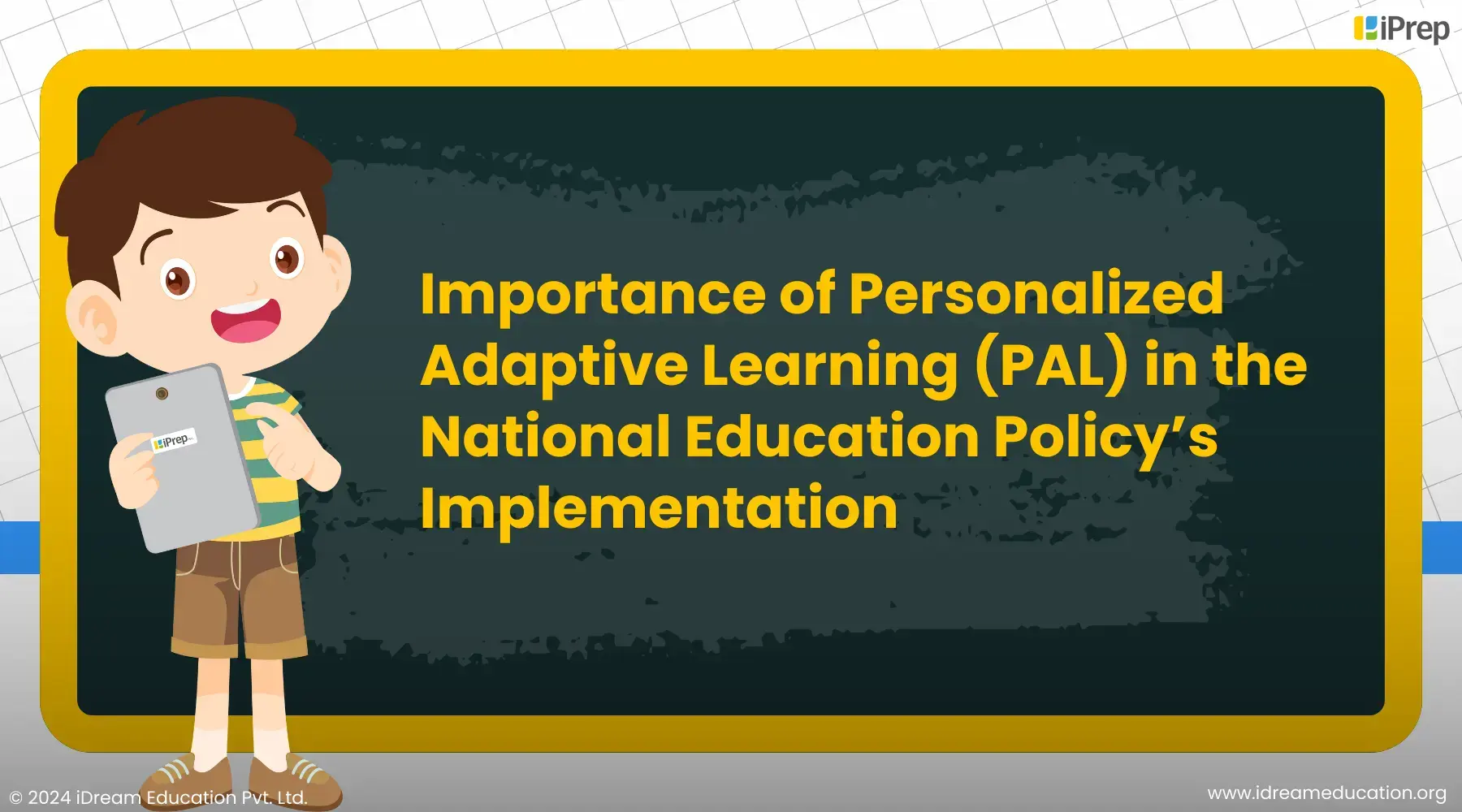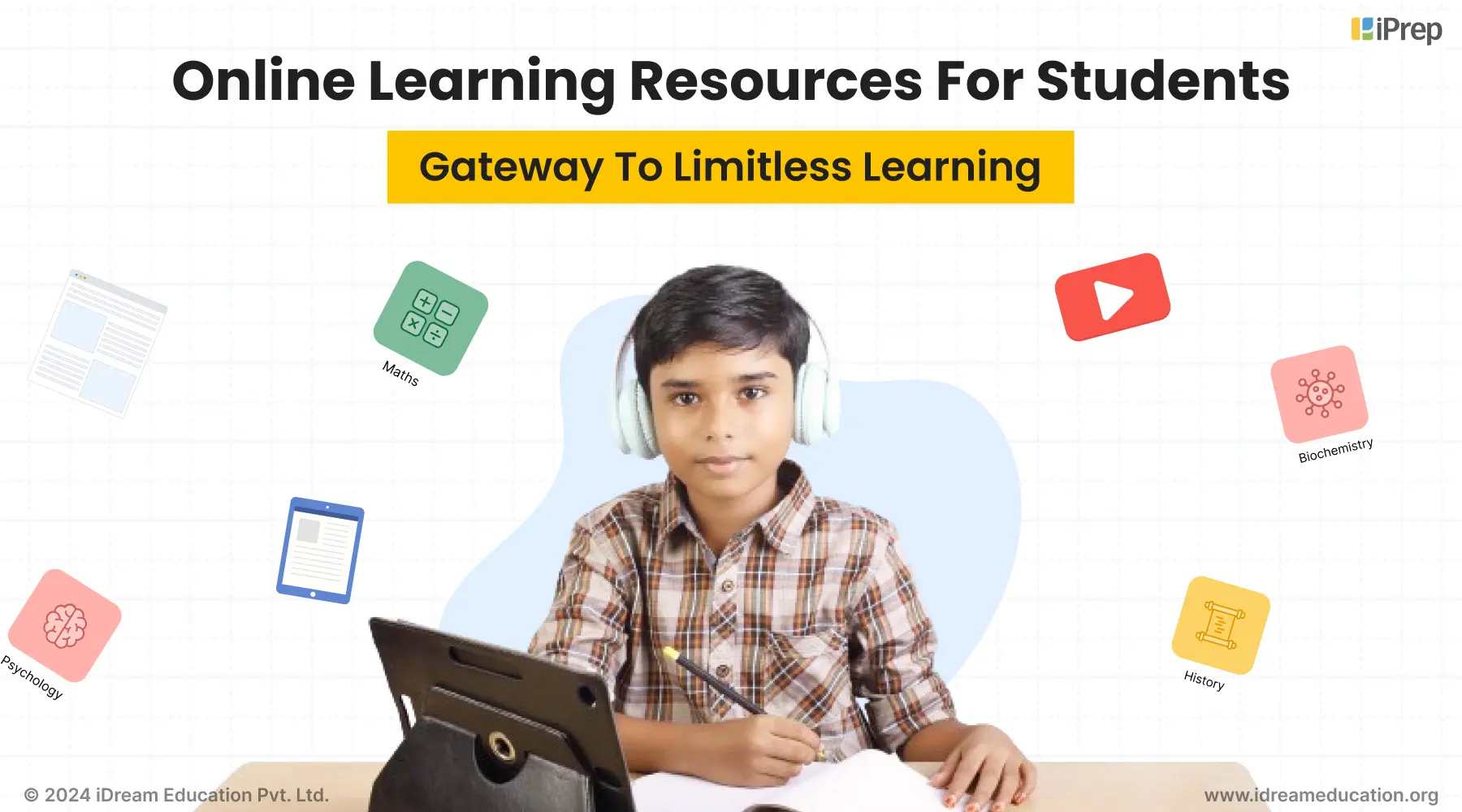Personalized & Adaptive Learning: Can It Be a Beacon of Hope for Bridging Learning Gaps?

Millions of children in developing countries are going to school more than ever before. That’s Great! But here’s the surprising thing – even though more kids are in classrooms, they often aren’t learning as much as they should because of the low learning level.
To tackle this, educational technology is coming out as a promising solution,
While educational technology promises exciting possibilities, we still don’t have enough proof that it improves the learning level of children.
Research exploring the significance of personalized learning for students also remains limited.
A primary factor contributing to this is the lack of device access among students. Looking back five to six years, it becomes apparent that students did not have much access to devices, which hindered the large-scale implementation of personalized learning initiatives. Further, in 2018, the Government of India released comprehensive guidelines on PAL. However, there was minimal experience in implementing it on a large scale.
The Haryana government has taken the first step in scaling personalized & adaptive learning with the introduction of the e-Adhigam Initiative, marking the earliest instances of large-scale implementation in this field.
e-Adhigam Initiative: A Formidable Initiative
- The e-Adhigam initiative, introduced by the Department of School Education, Haryana Govt. The initiative aims to provide tablets to all students in grades 10th to 12th, enabling them to access learning materials that foster 21st-century skills and open up new opportunities.
- Initially, under the e-Adhigam scheme, approximately 300,000 tablets were distributed to students in government schools in Classes 10 and 12. The government then extended this e-Adhigam initiative to benefit 500,000 students in Classes 10-12.
- These devices are equipped with pre-loaded content, personalized & adaptive learning (PAL) software, and with 2GB of free data.
Through a two-phase tendering and evaluation process, the Department has selected 3 PAL vendors for the Personalized & Adaptive Learning platform on student tablets. iDream Education is one of the PAL vendors providing its PAL solution iPrep PAL for five subjects to more than 2.2 Lakh students of grades 11 and 12.
The Data Speaks: Is PAL Improving Student’s Learning Outcomes?
Recent data indicates that out of our 19,950 students who underwent both diagnostic and final tests, there was an average improvement of 44% from the diagnostic to the final tests in three subjects : business studies, economics, and geography.
Aman’s Learning Journey and Improvement on PAL App, which he received under e-Adhigam Initiative
Aman Kumar, is a 12th-grade Commerce student. Aman utilized PAL to enhance his comprehension of business studies. Following the PAL framework, he initially undertook a diagnostic test, scoring 3/12 marks in the chapter on “नियुक्तिकरण,” indicating a 41.67% understanding of the chapter. Subsequently, he engaged with 11 remedial video lessons related to the same chapter, revisiting them a total of 18 times. Through repetitive practice, he achieved mastery seven times, attaining perfect scores 5 times. Afterward, he took the final test on eight occasions, eventually achieving a score of 9 out of 12, equating to a 91% mastery level, indicative of a grade-level understanding.
Read through the Example of 2 students Saumya and Rani to know how iPrep PAL Works
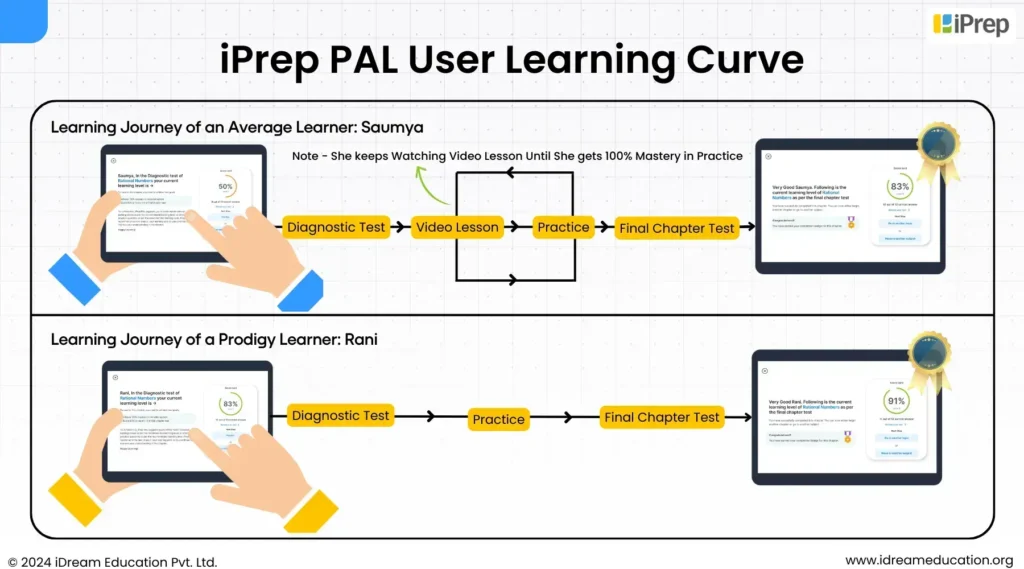
Learning Journey of an Average Learner: Saumya
iPrep PAL adapts to individual learning levels like Saumya, a 10th-grade student. She began with a diagnostic test on Rational Numbers in Math. After scoring 6 out of 12, the app presented Saumya with the option of focused practice or remedial video lessons. Saumya decided to first watch video lessons before engaging in practice sessions. Encouraged by her progress, she revisited the video lessons twice and eventually achieved a perfect score of 100% in her subsequent practice session. She then attempted the final test and achieved 83% mastery. Saumya’s journey with iPrep PAL highlights how PAL guided her to achieve 83 % mastery through various steps. It can be said that with each practice session and video lesson, Saumya’s understanding deepened, leading to her eventual mastery of Rational Numbers. Like Saumya, students can achieve grade-level proficiency with the adaptive, supportive learning environment provided by PAL
Learning Journey of a Prodigy Learner: Rani
Rani, a 10th-grade student. She began with a diagnostic test on Rational Numbers in Math. She scored 10/12, which is a good score at the diagnostic level. To help her achieve grade-level learning, the app offered a choice of targeted practice or remedial video lessons. Saumya chose to watch video lessons first and then practice. She got 100% at the practice level on the first attempt itself. She then attempted the final test and achieved 91% mastery.
Rani’s story with iPrep PAL shows how the app supports learners at every level. Even with a strong initial score, iPrep PAL recognized areas for further growth and offered custom content to help Rani achieve mastery.
PAL holds immense promise as a beacon of hope, but it’s still in its very early stages.
To fully realize this potential, we must address key challenges. Simply providing tablets and the PAL application will not get us to the desired results.
Here’s what must be prioritized:
- Teacher Training: Teachers are the heart of the education system and it is our responsibility to train them to adapt to education trends. They need in-depth training on accessing student reports, interpreting the data, and personalizing their classroom instruction based on PAL insights. We must create an ecosystem where teachers are empowered to analyze and act.
- Government Data-Driven Decision Making: Secondly, it is important to ensure accurate data reaches key stakeholders, and train them to translate it into actionable policy decisions. This will maximize PAL’s impact and drive better results.
- Student Engagement is Key: The third and most important is to make the PAL application interesting by providing content beyond academics. PAL should be one comprehensive application offering growth content, and playful learning through simulations, stories, biographies, and more. Further, implementing partners should conduct weekly/monthly student engagement activities to make learning engaging and inspiring.
Why is Personalized & Adaptive Learning Needed?
Teaching is a one-to-many approach which limits the capability of teachers to cater to individual needs. This is where adaptive learning solutions can be a bridge to a problem. With PAL, teachers can help students overcome their learning gaps, provide timely interventions, and ensure no student is left behind.
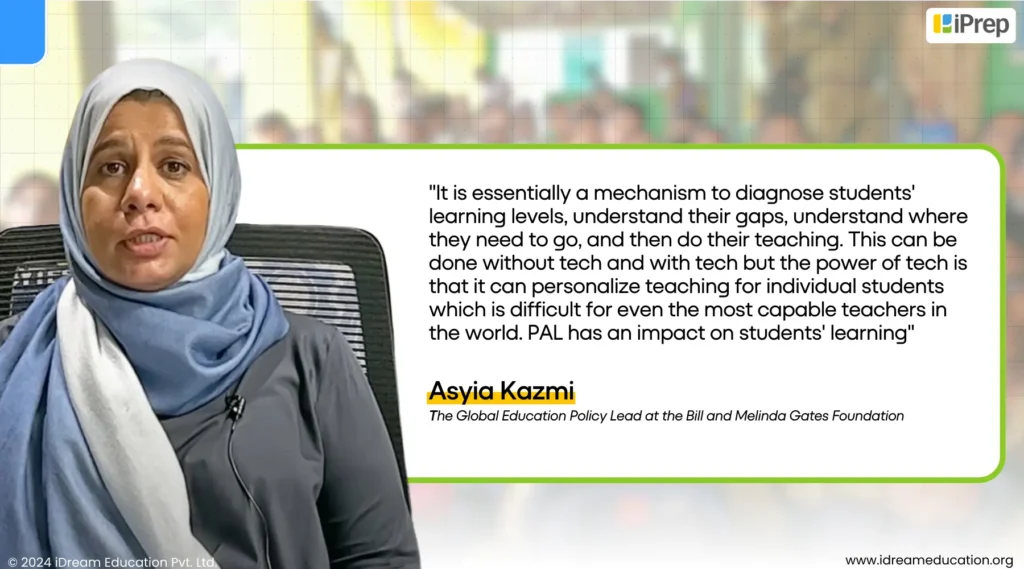
“It is essentially a mechanism to diagnose students’ learning levels, understand their gaps, understand where they need to go, and then do their teaching. This can be done without tech and with tech but the power of tech is that it can personalize teaching for individual students which is difficult for even the most capable teachers in the world. PAL has an impact on students’ learning” said Asyia Kazmi, the Global Education Policy Lead at the Bill and Melinda Gates Foundation”
Further, as per EdTech Tulna Research, there is evidence that PAL is an effective means of addressing the diverse needs of different learners. There is also a rich supply of PAL solutions in the Indian EdTech ecosystem.
The data regarding the use of iPrep PAL does not constitute conclusive research. These initial findings suggest a PAL Application can be a beacon of hope for bridging learning gaps and enhancing learning outcomes.
In case you would like to know more about our PAL Solution, visit our website. You can also write to us at share@idreameducation.org


